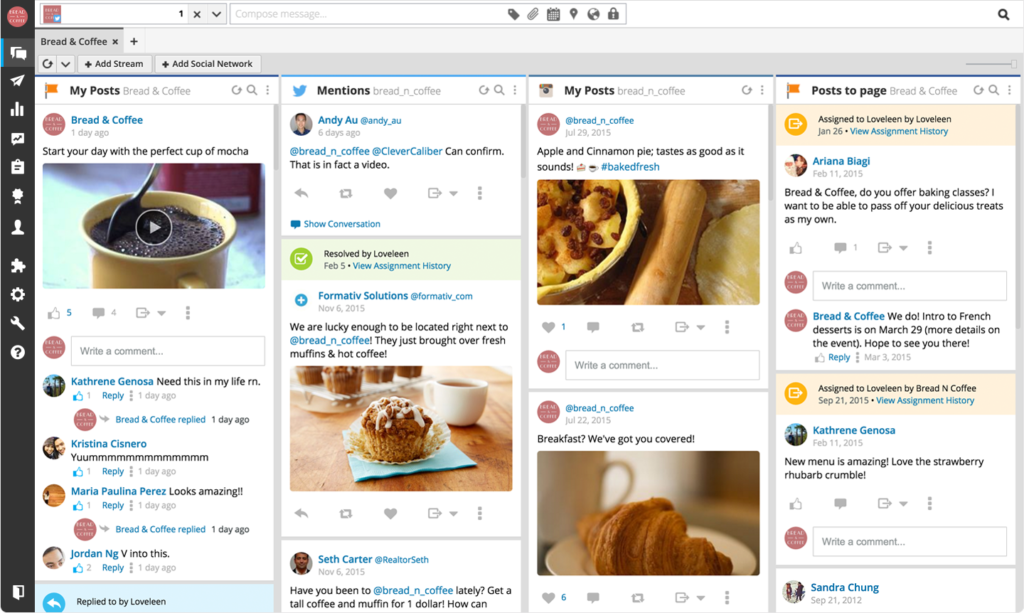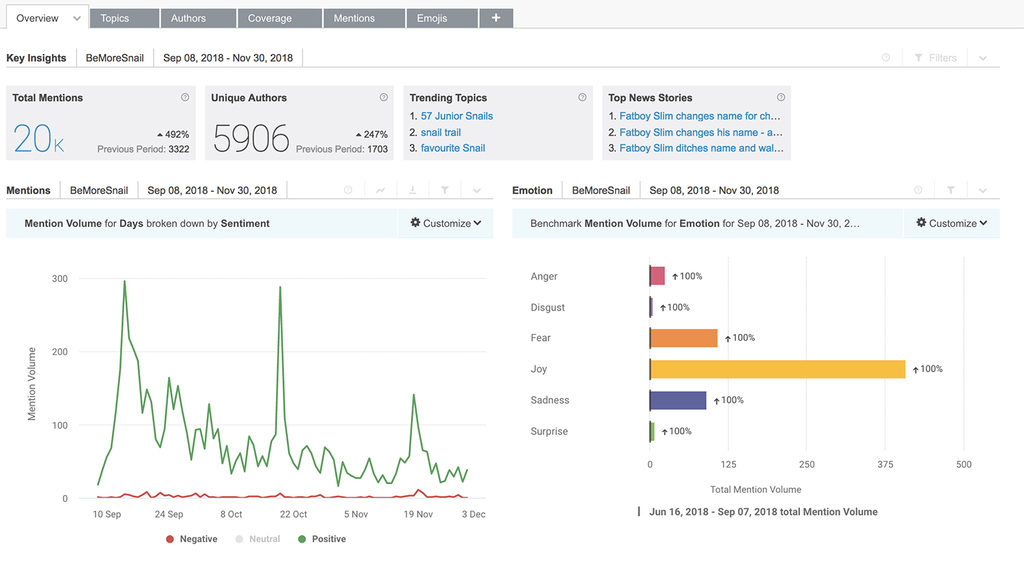Did your business evolve in the past few years? If you went from three social media accounts to owning 20 of them, it could become challenging to manage all of them successfully. Especially if you’re on your own or if you have a small digital marketing team.
However, you can make your job less complicated by following a couple of rules for the effective management of multiple social media accounts. In this article, we’ll enlist the five essential ones that can free up some of your time and reduce the stress linked to doing various things at the same time.
1. Make an Efficient Editorial Calendar
First, you’ll have to make an editorial calendar. It’s a calendar you can make in an Excel sheet and share it with your team members. It contains dates, types of content to be distributed, the channels, as well as keywords, authors, and links to the content. Moreover, once you have it in one place, it’s helpful for social media managers to take on and to spot any issues.
If you want to make an efficient editorial calendar, make sure you have your social media content strategy in place. Gather all the hot topics and keywords and check what the competitors are doing. Strive to offer better content to your audience. The pieces of content, on the other hand, have to follow the trends in your niche. Having an efficient editorial calendar is the most critical step in managing multiple accounts.

2. Use Different Channels for Different Purposes
Next, you should consider using a specific channel for a particular purpose. For example, if you discover people are purchasing your products or services from Instagrambut only come to Facebookto inform about new products or services, publish press releases and blogs there. Take this advantage to post informative content on Facebook. For instance, Nurturing Soul, a natural skincare brand, posts videos of the process of soapmaking to their Facebook profile.

Your Instagram profile can, in that case, serve as a direct link to your shop page or have an option to purchase the products. Cedar and Stone, another natural skincare brand, use Instagram to promote and sell their products.

If you want to prioritize what type of content goes on which platform, the best way is web analyticsto discover their preferred content.
3. Decide Which Platform to Use and Create Unique Content for Each One
Each of your audience members prefers a different platform. Social media auditsare used to find out which platforms are appropriate for your brand. You might find out that a specific social media channel isn’t right for your business.
Also, if you discover that people prefer looking up for you on Twitter, you might shift from Facebook to Twitter. Still, it’s best to continue publishing on both platforms to see which performs better. However, before you decide to shift, consider asking the following questions and resolve them.
- What are my business objectives?
- Do I have enough funds to meet my marketing goals?
- What are the demographics on the platform? Do I want to reach that kind of audience?
- Have I reached out to everyone I wanted?
- What type of content do they like? Am I offering them that content? Am I producing enough content?
As said, your target audience chooses specific platforms. Naturally, you can’t satisfy everyone, but you can create content for each platform. Since the posts on social media are fairly short, you won’t have problems figuring out what to post. Nevertheless, decide what type of content you’re going to choose and make it unique. Is it an infographic, a GIF, a video, or a short announcement? Go with what your viewers prefer and increase local engagement if your business operates locally.
Take a look at how Kora Organics, a skincare brand created by Victoria’s Secret model Miranda Kerr, use Instagramand Twitteruniquely to promote and sell their products.
https://www.instagram.com/p/B4Qy6QYhh90/
https://twitter.com/KORAORGANICS/status/1188934766143234048
4. Use Social Media Automation Tools
When you think of managing multiple social media accounts, the first question that comes to your mind is: “How am I going to do that?” It creates a lot of frustration.
Luckily, you can eliminate the hassle of logging into separate accounts, posting there and monitor everything at the same time. Use one of the social media automation tools that are available to you. They can help you manage and schedule your posts while saving time and keeping you more organized.
- Hootsuite
- Buffer
- CoSchedule
- Crowdfire
- Agora Pulse

5. Monitor the Accounts
Lastly, you will have to monitor the performance of your posts on all social media accounts. You can follow numerous metrics, such as the engagement of your audience, follower growth, top-performing content, response times, or behavior. Social media automation tools can give you insight into some of the mentioned metrics and help you in reinventing your company in the digital age.
Nonetheless, if you want more information, make sure to use tools like Brandwatch Analytics, Buzzsumo, or HowSociable.

Analyze the information you have on hand and see where you need to improve your strategy. For instance, if there’s less audience engagement on your account recently, the culprit might be low content volume. If you’re losing followers, analyze what you published recently. Is it something they dislike? Make a spreadsheet with those issues to be able to fix them.
Do You Manage Multiple Social Media Accounts at Once?
Successful social media marketing strategy plans often include multiple accounts. Find out what your readers and viewers like, make a calendar, decide which channels to focus on and what to distribute. Use automation tools to ease the process and monitor the success of your campaigns. The issues that might arise are clear signs that you need to change a part of your strategy.















